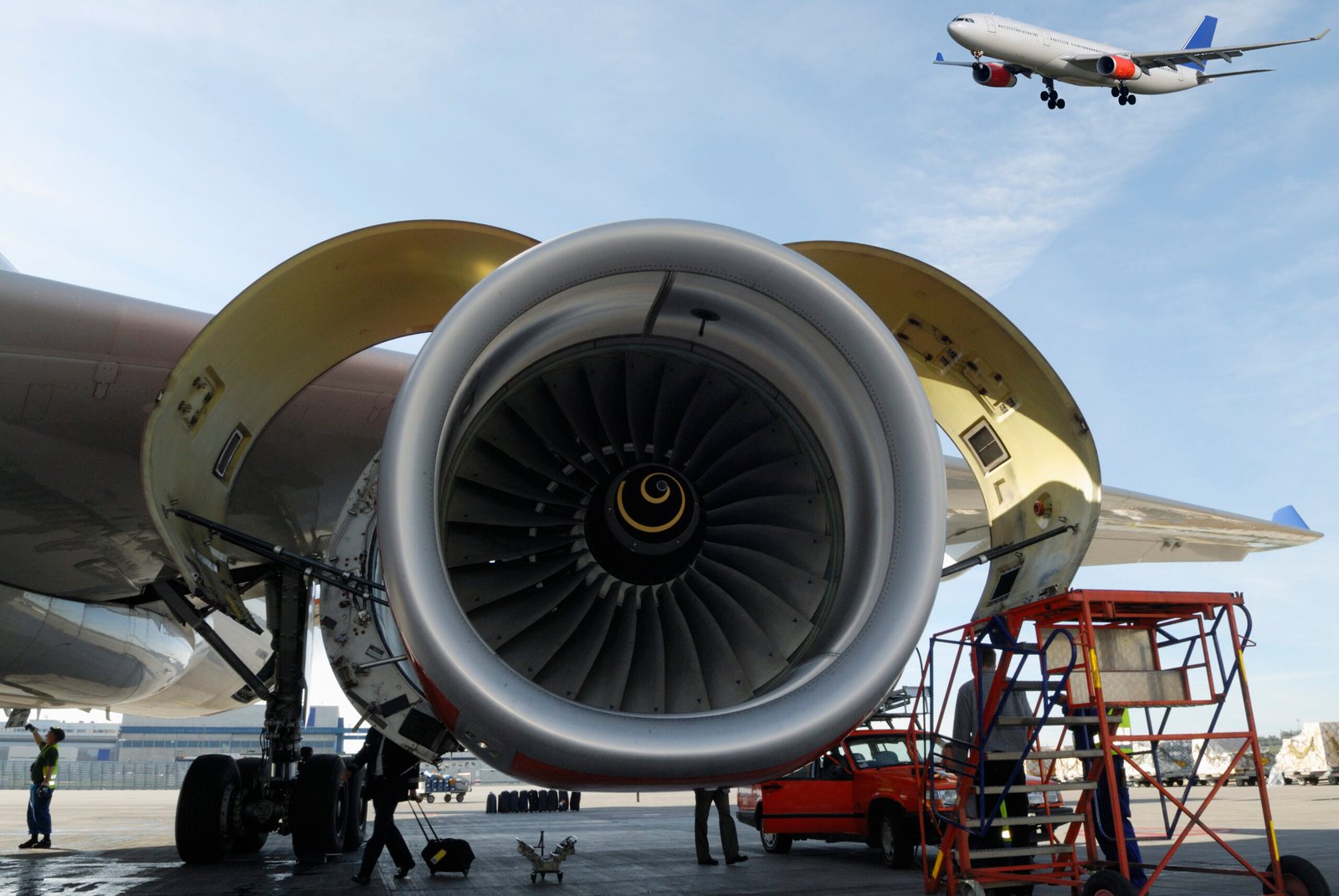Behind the Cockpit: A Day in the Life of an Airline Pilot
Ever wondered what it’s like to soar through the skies, commanding a massive airplane and ensuring hundreds of passengers arrive at their destinations safely? Being an airline pilot is not just a job; it’s a passion that requires extensive training, dedication, and skill. Let’s take you behind the scenes and explore what it takes to become a pilot, including aviation schools, useful resources, and the indispensable role of FAA-approved training programs.
*Aviation Schools: Navigating Your Path**
The journey to becoming an airline pilot often begins with formal education. Aviation schools offer various types of courses tailored for aspiring pilots. Generally, these can be categorized into:
1. **Degree Programs:** Many universities provide bachelor’s degrees in aviation science or aeronautical engineering. These programs encompass flight training along with essential coursework in subjects like meteorology and navigation.
2. **Certificate Programs:** For those looking for a quicker route into the cockpit, certificate programs focus specifically on the required flight hours and practical skills needed for obtaining private or commercial pilot licenses.
3. **Accelerated Flight Schools:** Ideal for individuals eager to fast-track their careers, these schools offer intensive flight training designed to equip students with everything they need within months.
4. **Online Courses:** Some institutions have begun offering online modules covering theoretical aspects of aviation—perfect for those balancing work or other commitments alongside their studies.
Choosing the right path depends on personal goals and timelines but rest assured that each type offers vital insights into aviation fundamentals.
*Resources You Can Rely On**
In today’s digital age, staying informed is crucial. Fortunately, numerous blogs and websites cater to both novice enthusiasts and seasoned professionals alike:
**AirlinePilotCentral.com**: A comprehensive resource that provides information about airlines’ hiring trends along with forums where pilots share experiences.
**Flying Magazine**: This publication delivers articles about flying techniques, safety tips, and reviews on new aircraft—all invaluable for any aspiring aviator.
**Piper Aviators Blog**: Dedicated to sharing tales from fellow pilots along with tips on maintaining planes—an excellent read for hands-on learners.
Social media platforms also serve as vibrant communities where pilots connect:
Follow hashtags like #PilotLife or #AviationDaily on Instagram to catch stunning aerial shots while learning from industry veterans.
Join Facebook groups such as “Aviation Enthusiasts” or “Future Pilots” where members share advice and opportunities related to flight training.
*FAA Flight Schools & Simulators**
The Federal Aviation Administration (FAA) plays a pivotal role in regulating flight training standards in America. FAA-approved flight schools are essential for anyone serious about becoming an airline pilot—they adhere strictly to safety regulations while providing high-quality instruction.
These schools often boast advanced simulators that replicate real flying conditions without leaving the ground! These state-of-the-art devices allow trainees to practice maneuvers they might encounter during actual flights—perfecting everything from emergency procedures to navigation techniques without putting anyone at risk.
As your day unfolds behind the cockpit—from pre-flight checks through cruising altitude—you’ll realize that every moment spent learning contributes toward achieving your dream of commanding an aircraft. Embrace this exciting journey filled with challenges but equally rewarding milestones; after all, adventure awaits just beyond the horizon!

